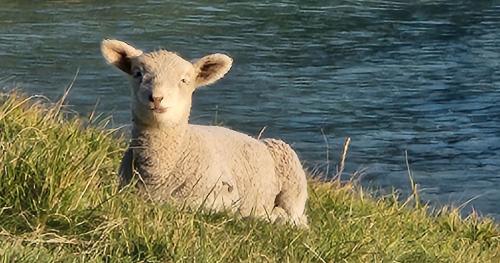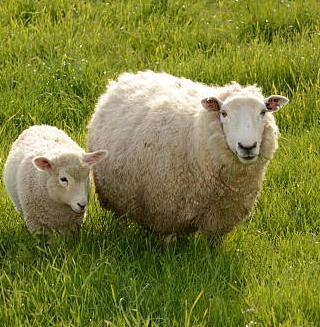Search results
Displaying 11 - 20 results of 120


- Podcast… Ginny Dodunski is Programme Manager for Wormwise, New Zealand’s national internal … short videos she recorded, Ginny introduces Wormwise, and talks about the need (or … Wormwise tips for ewes pre-lamb and lambs at …

- News… of Plenty are benefiting from tailored B+LNZ Wormwise workshops thanks to a responsive … approach taken by the programme. B+LNZ Wormwise Programme Manager, Ginny Dodunski, … Tailored B+LNZ Wormwise workshops driven by farmer feedback …

- Podcast… Ginny Dodunski, B+LNZ’s Wormwise Programme Manager, gives an update on … Breakfeed: Wormwise update on the ban on sale and use of …

- … The Wormwise Handbook and other B+LNZ parasite … delve into the detail. Resources for farmers Wormwise handbook (PDF, 4.3MB) – or request a printed copy Request a Wormwise workshop in your area: Contact your …
- PageA list of various papers on alternative options for worm control can be found at the American Consortium for Small Ruminant Parasite Control. A good local review is provided on Deer Industry New …
- PageWhat’s the story with genetics for worm management? Aren’t worm-resistant sheep poor performers? What’s the difference between resistance and resilience? Who’s CarLA (hint: It’s not your sister’s …
- PageWhat type of worm laid those eggs? Faecal egg counts tell us how many worm eggs our stock are passing. Larval cultures tell us what worm genus the eggs are …